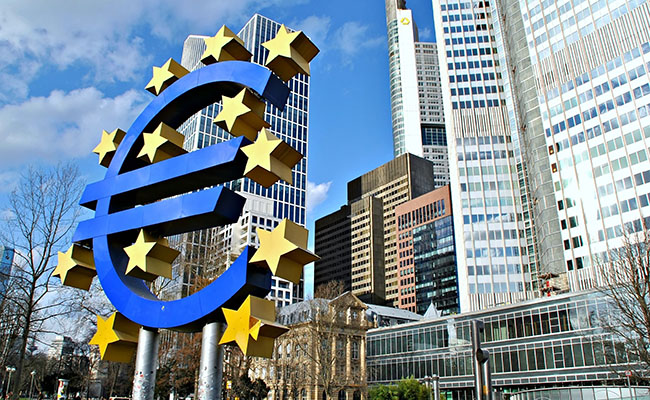The ECB expanded the monthly purchases bond under the asset purchase programme to €80 billion a month from its earlier €60 billion a month starting in April and intended to run until March 2017.
The Dollar Business Bureau

The European Central Bank (ECB) reduced its marginal lending facility rates and its deposit facility rates.
March 11, 2016 | 05:20pm IST

 The European Central Bank (ECB) reduced its marginal lending facility rates and its deposit facility rates.
The European Central Bank (ECB) reduced its marginal lending facility rates and its deposit facility rates.
 The European Central Bank (ECB) reduced its marginal lending facility rates and its deposit facility rates.
The European Central Bank (ECB) reduced its marginal lending facility rates and its deposit facility rates.